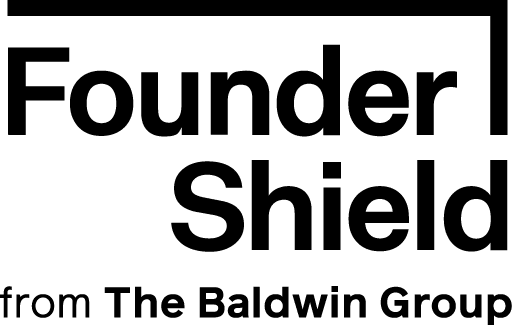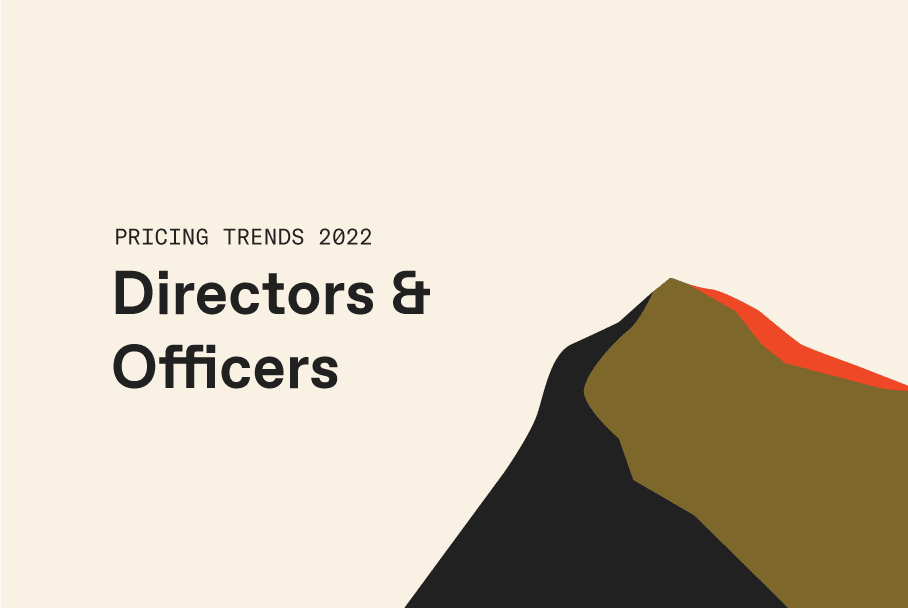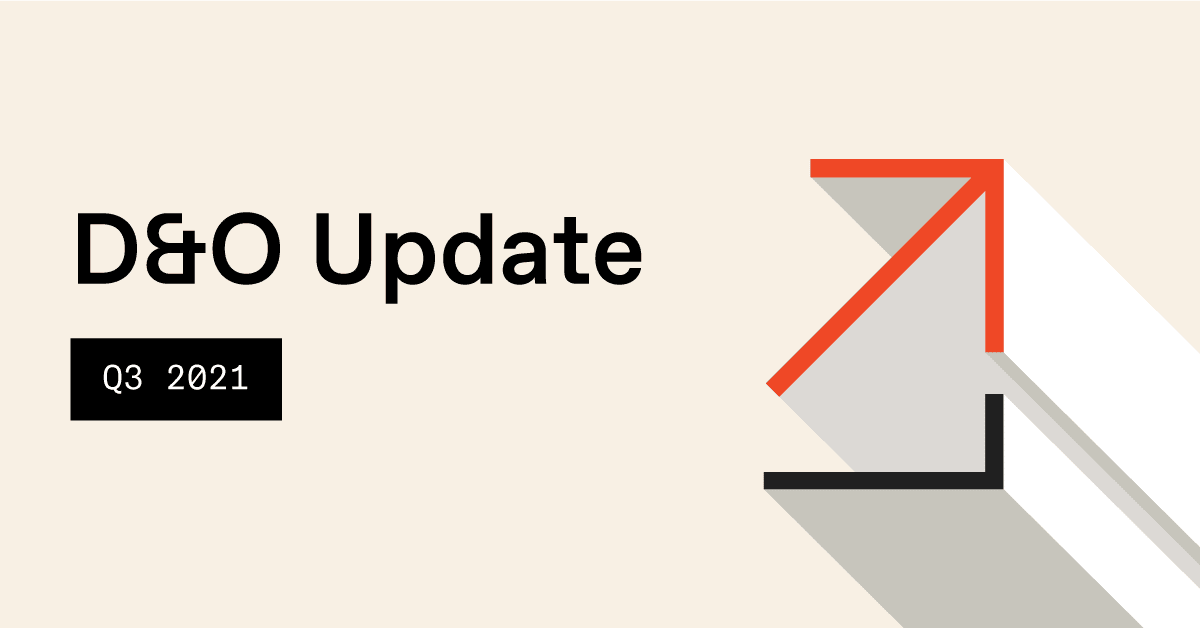Key Takeaways
While most companies will focus on year-over-year comparisons and various evaluations during the fourth quarter, Twitter will be addressing one more item on its 2021 Q4 to-do list. The social network intends to pay its recent $809.5 million class-action lawsuit settlement using cash on hand. So, let’s talk about this situation — because there are always lessons to learn.
Here’s What Happened
Despite Twitter offering no admission of wrongdoing, it’s chalking up millions of out-of-pocket dollars for this record-setting settlement — but why?
The long and short of it all is that Twitter investor, Doris Shenwick, filed a shareholder lawsuit in 2016 after its stock took a nosedive. Shenwick alleged that Twitter executives purposefully made inaccurate public statements regarding its metrics. The case revealed that Twitter promised monthly active users to increase to 550 million in the intermediate term and over a billion in the longer term.
However, neither of these promises unfolded for the social network. Unfortunately, shareholders feel that Twitter had no basis for these financial projections. Additionally, the misleading user-engagement information to investors stems from how Twitter measured active users — daily active users (DAU), monetizable daily active usage (mDAU), or merely monthly active users.
It Can Happen to Anyone
We can’t help but notice that Twitter is paying this massive settlement with “cash on hand.” As you know, Twitter can afford this penalty as it’s a highly successful company. Even competing with other popular social networks and experiencing a short-lived nose dive in its stocks, Twitter still performs well on the open market.
However, consider high-growth startups or well-established companies facing similar legal challenges. How do they cover for legal expenses, cash on hand? Of course, $809.5 is a record-setting settlement, and we won’t likely see this astronomical fee again anytime soon. But it doesn’t always take a massive penalty to bring some operations to a screeching halt.
The take-home message is that lawsuits, specifically class-action lawsuits, can happen to even the most prepared companies. Unfortunately, most businesses won’t walk away from that kind of blow unscathed.
D&O Is a Balance Sheet Protective Asset
On that same note, Twitter might have “cash on hand” to pay for massive lawsuits and settlements. However, high-growth private companies aren’t typically in such a comfortable position. Instead, private companies rely on other protective measures to guard their balance sheet assets.
For example, directors and officers (D&O) insurance works to protect the company’s leaders if they are sued. But this vital coverage does more than that. Let’s review the three parts that make up a comprehensive D&O policy:
Side A
Protects solely the individual directors by paying the defense costs and settlements levied on the directors due to a lawsuit. Side A will only pay the individual directors when the entity is unable (i.e. insolvent) or legally not permitted to do so. Typically, individual directors will ensure that the company purchases additional Side A coverage on top of the traditional ABC coverage.
Side B
Indemnifies the entity after the entity has paid the individuals named in the lawsuit.
Side C
This is entity coverage. Should the entity be named along with the individual directors in a lawsuit, this coverage protects the balance sheet of the company and will reimburse and costs/settlements incurred.
The Big “Why” Is Answered
Lamentably, we experience some high-growth startups and private companies asking a troubling question — “Why?” Perhaps some leaders don’t view themselves as a potential target for a class-action lawsuit or subscribe to the “it won’t happen to us” way of thinking. So, many leaders who underestimate the need for D&O insurance tend to bump this purchase down on their schedule.
Whatever the case might be, headlines like Twitter’s recent settlement and other legal issues only hit our point home. D&O insurance is the most effective way to mitigate lawsuits based on management actions.
Lastly, D&O litigation becomes more frequent and expensive as claims against private and public companies become second nature. The aggregate dollar amount of all SEC settlements across various categories totaled $5.84 billion in 2020, which represents an increase of 61% over the $3.62 billion in equivalent settlements in 2019. In short, corporate leaders should consider D&O insurance to protect their company as well as individual directors and officers.
Understanding the details of what coverage your company needs can be a confusing process. Founder Shield specializes in knowing the risks your industry faces to make sure you have adequate protection. Feel free to reach out to us, and we’ll walk you through the process of finding the right policy for you.
What to know more about D&O insurance? Talk to us! Please contact us at info@foundershield.com or create an account here to get started on a quote.











